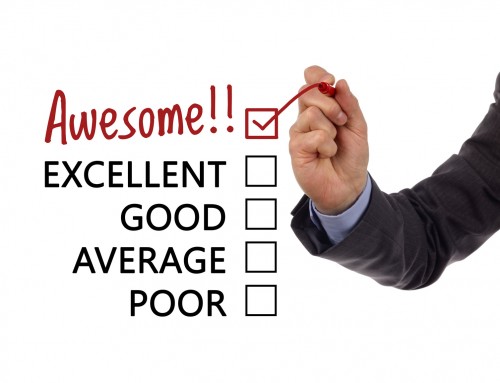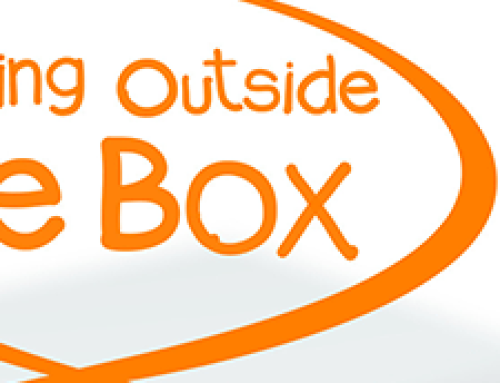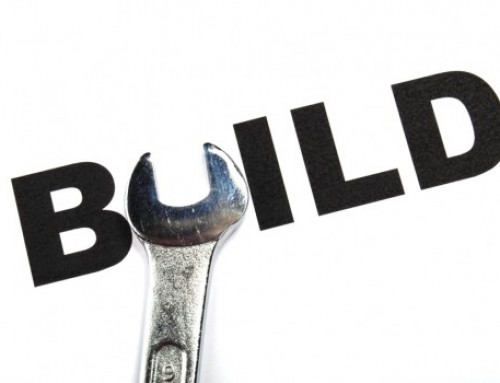 You’ve heard it before, “the customer is always right.” Wrong! The right customer is right!
You’ve heard it before, “the customer is always right.” Wrong! The right customer is right!
Over the coming weeks I am going to share an approach that has worked for me and many of the businesses I have worked with – to stay focused on the right customers and give them what they want and need, so they keep coming back.
Each week I will reveal another letter in the acronym – C.U.S.T.O.M.E.R. Let’s start with C.
C – clearly identify who your customer is and what’s important to them. In other words, if you already have some existing customers that you would call ‘ideal’ then describe them in terms of who they are, what they like, how much they spend, what they do, when they buy, how they buy, how much they buy, and any other characteristics that you can identify. There are lots of things you can do to find this information out. Let’s take a closer look at some.
- Customer surveys – I’m sure you’ve received a customer survey or two in your time. How many have you filled out? If you’re like most people, not many. That’s not the point. The point is that you use this mechanism of collecting information as part of your overall customer intelligence system. There are specific tools out there to help you with this including www.surveymonkey.com which has a free version and a subscriber version. It will make design and delivery of your surveys simple and effective. In terms of response rates, don’t expect a high response. Some say a 5-7% response rate is great. Others would say a 25% response is good. I view it more simply. Whoever responds is willing to provide you feedback. Do something with it and thank them. Too many businesses don’t even have a survey so their response rate is zero!
- Classifying your customers to identify who are the most valuable (not just in dollar terms) can help you target ones to talk to over the phone or face to face. You can use different criteria to classify your clients so don’t just look at how much they represent in transaction value. What is their referral potential? What is their potential to spend more with you? Is there a certain demographic you’re targeting? Do you have a niche focus?
- Feedback forms are perhaps the most underutilized form of collecting customer information out there. They are so simple to integrate into your existing processes and yet I am constantly astounded at how few businesses have them in place. You might not get a lot of responses, however just like the survey, the ones you get will be valuable because in most cases people have taken time out to answer your questions. If you don’t get feedback on what’s working well and what might need to be improved, you’ll just keep going on your merry way and find yourself out of touch or worse out of business. Customer needs, tastes, and views change rapidly. You need as many ways as possible to stay in touch with them so that you can respond or even preempt their needs.
- Focus groups area fantastic way of getting a group of your most valued customers into a room to tell you about what they like and don’t like about you. Having facilitated many of these sessions for my clients, I can tell you that they are a rich source of information, very insightful, and go a long way to reinforcing the value that you place on that customer’s patronage. A typical focus group will run for about two hours and includes around ten customers. It is facilitated by an external professional, and it is recorded so that you have the feedback to go back to and make enhancements to your business. You will agree what questions to ask before the session and then have a full debrief with the facilitator afterwards. If you have never done one before, a focus group is a great opportunity to get into the heads of your customers.
- Reverse seminars are not very well known and not practiced regularly out there in the marketplace. Essentially a reverse seminar is where you invite one of your most important customers (again, not necessarily most important by dollars spent) in to your business to share their customer experience with your entire team. It is like a seminar for your team where the customer is giving it and sharing what they see you doing well and what you might need to improve. I have seen customers take this on with amazing enthusiasm and they become such loyal followers. Team members tend to take the feedback on faster too, because it is coming straight from the source. You can conduct these sessions as interviews or give your customer a brief on what you want covered and let them go for it.
Okay, so you have five ways to identify who your customers are and what’s important to them. How many of these things do you have in place? Which one(s) are an opportunity for your to better understand who your customers are?
Next week, we’ll look at the U – Uncovering what the customer truly needs!
Build massive momentum!





